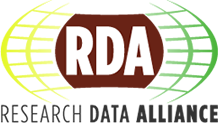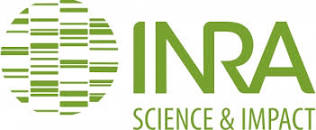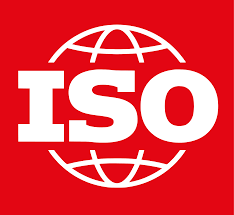Environment Ontology (ENVO)
ENVO is an ontology which represents knowledge about environments,environmental processes, ecosystems, habitats, and related entities

ENVO is an ontology which represents knowledge about environments,environmental processes, ecosystems, habitats, and related entities

An ontology that describes phenotypic traits in plants. Each trait is a distinguishable feature, characteristic, quality or phenotypic feature of a developing or mature plant.

Variation Ontology, VariO, is an ontology for standardized, systematic description of effects, consequences and mechanisms of variations. VariO allows unambiguous description of variation effects as well as computerized analyses over databases utilizing the ontology for annotation. VariO is a position specific ontology that can be used to describe effects of variations on DNA, RNA and/or protein level, whatever is appropriate.

The Experimental Factor Ontology (EFO) provides a systematic description of many experimental variables available in EBI databases, and for projects such as the GWAS catalog. It combines parts of several biological ontologies, such as UBERON anatomy, ChEBI chemical compounds, and Cell Ontology. EFO is developed by the EMBL-EBI Samples, Phenotypes and Ontologies Team (SPOT). We also add terms for external users when requested.

FALDO is the Feature Annotation Location Description Ontology. It is a simple ontology to describe sequence feature positions and regions as found in GFF3, DBBJ, EMBL, GenBank files, UniProt, and many other bioinformatics resources. The aim of this ontology is to describe the position of a sequence region or a feature. It does not aim to describe features or regions itself, but instead depends on resources such as the Sequence Ontology or the UniProt core ontolgy.

The Multi-scale Multi-step ontology (MS-O) is an ontology to describe transformation processes., Multi-scale Multi-step ontology (MS-O) est une ontologie permettant de d-crire des processus de transformation.

AEO is an ontology aimed to represent objects related to agricultural practices.

CASO (Context Aware System Observation) is an ontology for context aware system and observation services. Its goal is to describe all the processing of the context.

ISO 14199:2015 defines a set of models collectively referred to as the Biomedical Research Integrated Domain Group (BRIDG) model for use in supporting development of computer software, databases, metadata repositories, and data interchange standards. It supports technology solutions that enable semantic (meaning-based) interoperability within the biomedical/clinical research arena and between research and the healthcare arena. The clinical research semantics are represented as a set of visual diagrams which describe information relationships, definitions, explanations, and examples used in protocol-driven biomedical research. These diagrams are expressed using the iconography and grammar of the Unified Modelling Language (UML), the HL7 Reference Information Model (RIM), and a Web Ontology Language (OWL).

ISO 14199:2015 defines a set of models collectively referred to as the Biomedical Research Integrated Domain Group (BRIDG) model for use in supporting development of computer software, databases, metadata repositories, and data interchange standards. It supports technology solutions that enable semantic (meaning-based) interoperability within the biomedical/clinical research arena and between research and the healthcare arena. The clinical research semantics are represented as a set of visual diagrams which describe information relationships, definitions, explanations, and examples used in protocol-driven biomedical research. These diagrams are expressed using the iconography and grammar of the Unified Modelling Language (UML), the HL7 Reference Information Model (RIM), and a Web Ontology Language (OWL). ISO 14199:2015 establishes the links between protocol-driven research and its associated regulatory artefacts including the data, organization, resources, rules, and processes involved in the formal assessment of the utility, impact, or other pharmacological, physiological, or psychological effects of a drug, procedure, process, subject characteristic, or device on a human, animal, or other subject or substance along with all associated regulatory artefacts required for or derived from this effort, including data specifically associated with post-marketing adverse event reporting.

An ontology of cell types.

This document specifies a taxonomy and an ontology for blockchain and distributed ledger technologies (DLT). The taxonomy includes a taxonomy of concepts, a taxonomy of DLT systems and a taxonomy of application domains, purposes and economy activity sections for use cases. The ontology includes classes and attributes as well as relations between concepts. The audience includes but is not limited to academics, architects, customers, users, tool developers, regulators, auditors and standards development organizations.
